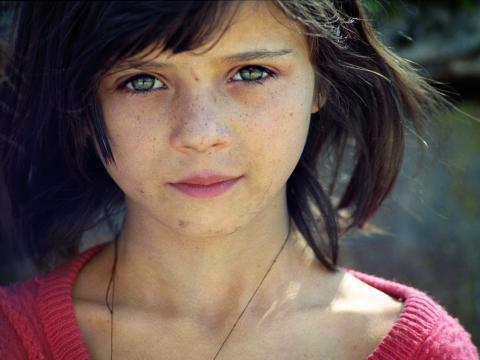Child Protection Index

4 years, 9 countries, 72 experts, and 623 child protection indicators - a giant cross-border instrument, designed to measure the government decisions taken in the last 25 years to protect vulnerable children.
The Child Protection Index (CPI) is a tool that measures government efforts to protect children using benchmarks established by the United Nations Convention on the Rights of the Child and reviewing these benchmarks under five dimensions of government action: the creation of laws, the availability of services, the capacity to protect and care for children, accountability mechanisms to verify government’s good actions and coordination protocols that link various government actors and services together.
The indicators act as a kind of “to-do” list to end and prevent violence, child trafficking, child labour, discrimination and other violations of a child’s rights.
The Child Protection Index (CPI) is a new pilot tool created jointly by World Vision and ChildPact. It has been developed across 9 countries, including 2 EU Member States.
The Index framework consists of four sections of indicators: child vulnerability, governance environment, UNCRC child protection issues, and social work.
Armenia is a high performer in its governance environment. The score reflects Armenia’s consolidation of laws on child protection and the existence of various government bodies assigned to protect and monitor child rights. Unlike other countries, Armenia has created a permanent parliamentary body on child rights, an independent ombudsman’s office with a department for child rights, and a national level commission on the protection of child rights that includes public sector and civil society organisations as members.